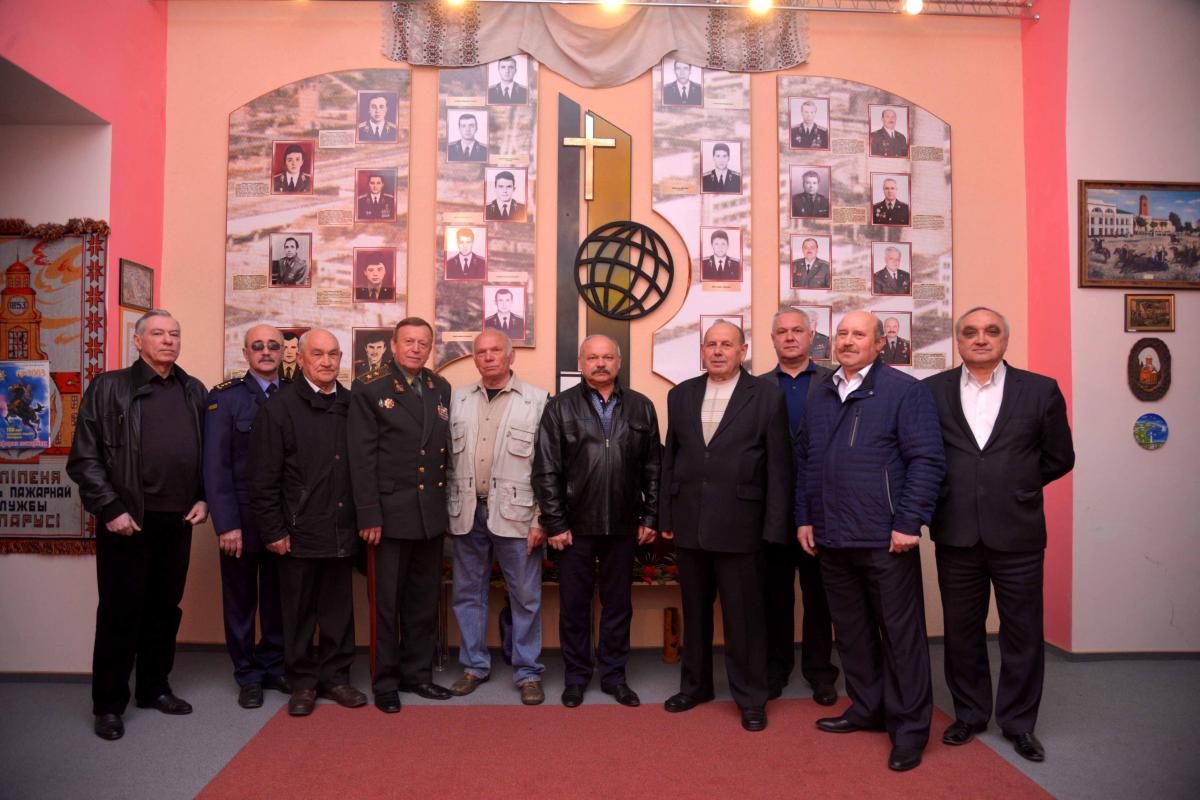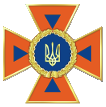University museum
University museum
The Museum of Lviv State University of Life Safety was inaugurated on June 14, 2003 upon an initiative of Rector, General-Lieutenant of internal service Mykhailo Kozyar. The exposition was equipped and prepared by retired Colonel of internal service A.I. Kharchuk and retired Lieutenant Colonel of internal service O. S. Kalinin. 10 Main Departments of MES of Ukraine in regions donated the material support. The inauguration was attended by Minister of Emergency Situations, Colonel-General of internal service Hryhoriy Reva. The museum consists of four rooms, each of which is thematic and reveals a certain stage of the history
The first room shows the history of the University building. It was built in the middle of 19th century by the order of the Austro-Hungarian Emperor Franz - Joseph with the assistance of his Adjutant General - Count Gruner. On February 28, 1851, while Franz - Joseph visited Lviv, the representatives of the city requested him to build a special house for disabled militarists from Galicia and to produce them a decent life in their own land. The emperor granted the request and ordered famous architect Theophilus Hansen to make the project. He also granted Zł 700, 000. For the construction of the monumental complex with a chapel the city authorities (due to proposal from Karol Hoepflinhen-Berhendorf – the mayor of the city) chose a plot of land on the Pilihovskyi manor (now Kleparivska Street, 35). А special meeting was convened and referred urban area together with an oak forest was donated. Also, a municipal brickyard was given for free using.
In 1939-1941, western and eastern regions of Ukraine were reunificated. At that time, Regiment #233 subordinated to People's Commissariat for Internal Affairs (NKVD) was quartered in the building (military unit #7480).
The building was not damaged during World War II, so on August 10, 1944, military unit #7480 was quartered there again. By the decision of the Ministry of Internal Affairs (May 1954) Kiev Fire-Technical School was redeployed to Lviv and placed in the building. Later it was renamed as Lviv Fire-technical School of MIA of USSR.
The hall also describes the history of the Virgin of Mercy Church, which is a part of the architectural ensemble of the building. The architect Theophil Hansen designed it as a Greek cross inscribed in a square. The chapel was built between 1855 and 1863 years in conjunction with the main building. After 1939 the building of the chapel underwent destruction and was used for other purposes – as a clothing warehouse. Only in 1993 Rector of the College Colonel of internal service Bohdan Grytsay took the initiative to remove the warehouse to another location and to restore the chapel.
On October 11, 1998, the Metropolitan of Lviv and Sokal Andrew consecrated the chapel as the Virgin of Mercy Church by the canons of Ukrainian Orthodox Church. Today, the Church is the center of spiritual life of the University. Liturgical services are held on Sundays and public holidays, involving not only cadets and students, but also all interested persons.
The second room is devoted to the origins, formation and development of the institution. In October 1947 at the first Noncommissioned Officer Academy of MIA of USSR Fire Protection Officers Courses were established. The training time was 10 months (for inspectors) and 15 months (for commanders of branches). On April 18, 1948, the Courses got a Battle Flag and on May 8, 1948, the personnel was brought to the military oath. The first graduation of 46 students took place in January 1949. This year the number of students was increased to 100 people with the training time of 11 months.
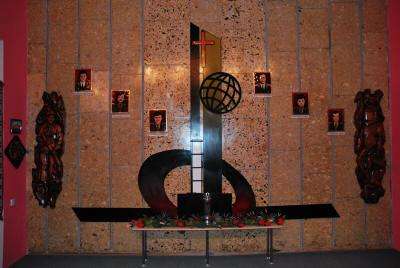

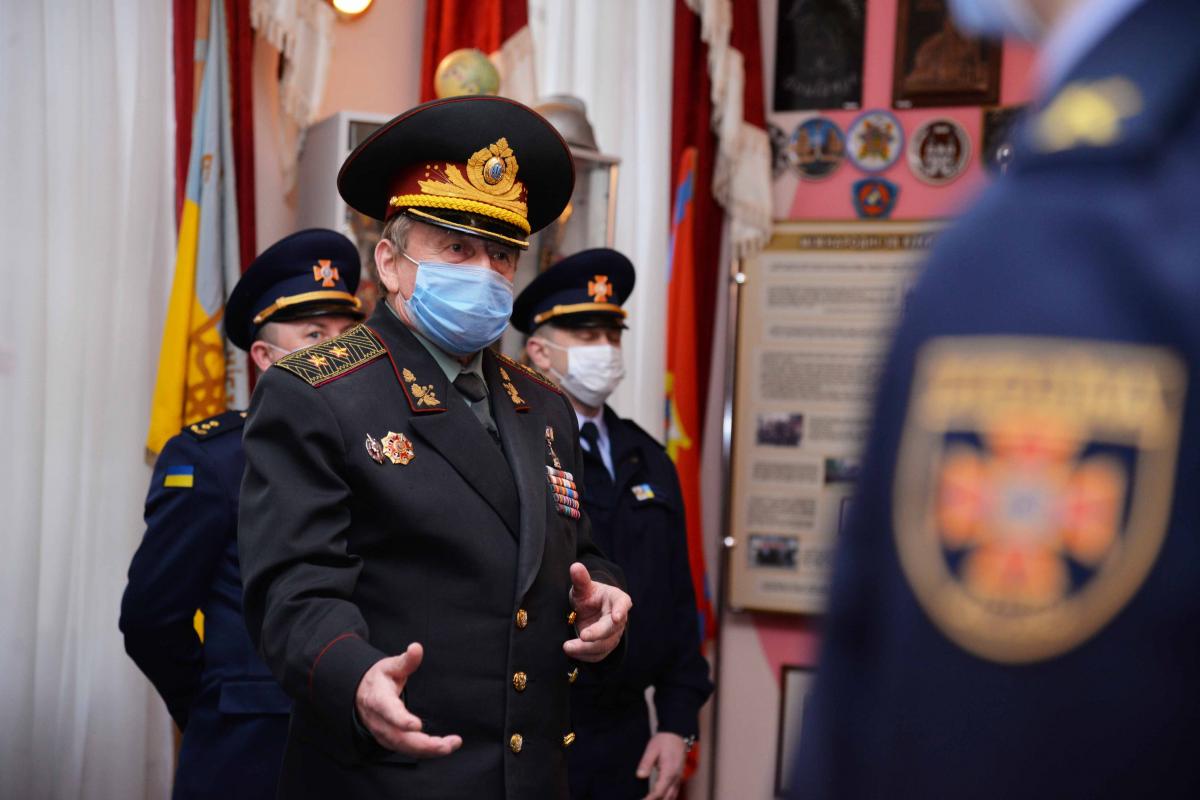
In July 1951 the profile of training was changed, and the Courses were renamed as Kiev Training Courses for Military Fire-Fighting Officers. On July 22, 1952, MIA of USSR ordered to establish Kiev Fire-Technical School with 344 people of permanent staff and 840 students. That was an important historical landmark.
From May 4 till May 10, 1954, Kiev Fire-Technical School was redeployed to Lviv. It was renamed as Lviv Fire-Technical School of MIA of USSR. In 1959 the structure of the School was amended – the political department was eliminated; in 1960 22 officers and 6 sergeants were transferred to the category of employees. In 1966 the School was subordinated to the Ministry of Public Order of USSR. In 1991 Declaration of Independence of Ukraine was adopted. It was the turning point in the life of the whole state and of the School in particular. On July 31, 1991, the School was subordinated to MIA of Ukraine. In 1993 academic staff initiated teaching of all subjects in Ukrainian. In 1994 a training center was built in the Tsuniv village (Horodok district). There, all the freshmen have their basic training. In 1995 the School got from Lviv Regional Administration a new flag with the Ukrainian symbols. One more important event happened on June 21, 2001: Lviv Fire-Technical School of MIA of Ukraine was reorganized to Lviv Institute of Fire Safety of Ukraine according to Order of the Cabinet of Ministers. On January 27, 2003, the Institute was subordinated to the Ministry of Extraordinary Situations and Population Protection from the Consequences of Chernobyl Disaster according to the Decree of the President of Ukraine.
With a focus on qualitative training of professionals for MES Departments, pursuing the aim to join the European Bologna Educational Standards on March 29, 2006, Lviv Institute of Fire Safety of MES of Ukraine was reorganized to Lviv State University of Life Safety. On June 1, 2009, the University became a member of the European Fire Service Colleges’ Association (EFSCA).
In the room # 2 different patterns of military uniforms from different periods are exhibited. The visitors can also see 4 flags as symbols of different stages of the University history.
Room #3 shows the visitors the main directions of development of the University such as infrastructure, research facilities, educational process, practical training, culture-into-masses work, sports and mass activities, international activities and performance of public tasks. In 1985 the School territory was redeveloped. In a short time sports complex, educational fire and rescue unit, smoke and heat training facility were built. In 2001, according to the Law of Ukraine "On Education", The Academic Board was created. Rector of the Institute Colonel of internal service Mykhailo Kozyar became the first Head of the Academic Board.


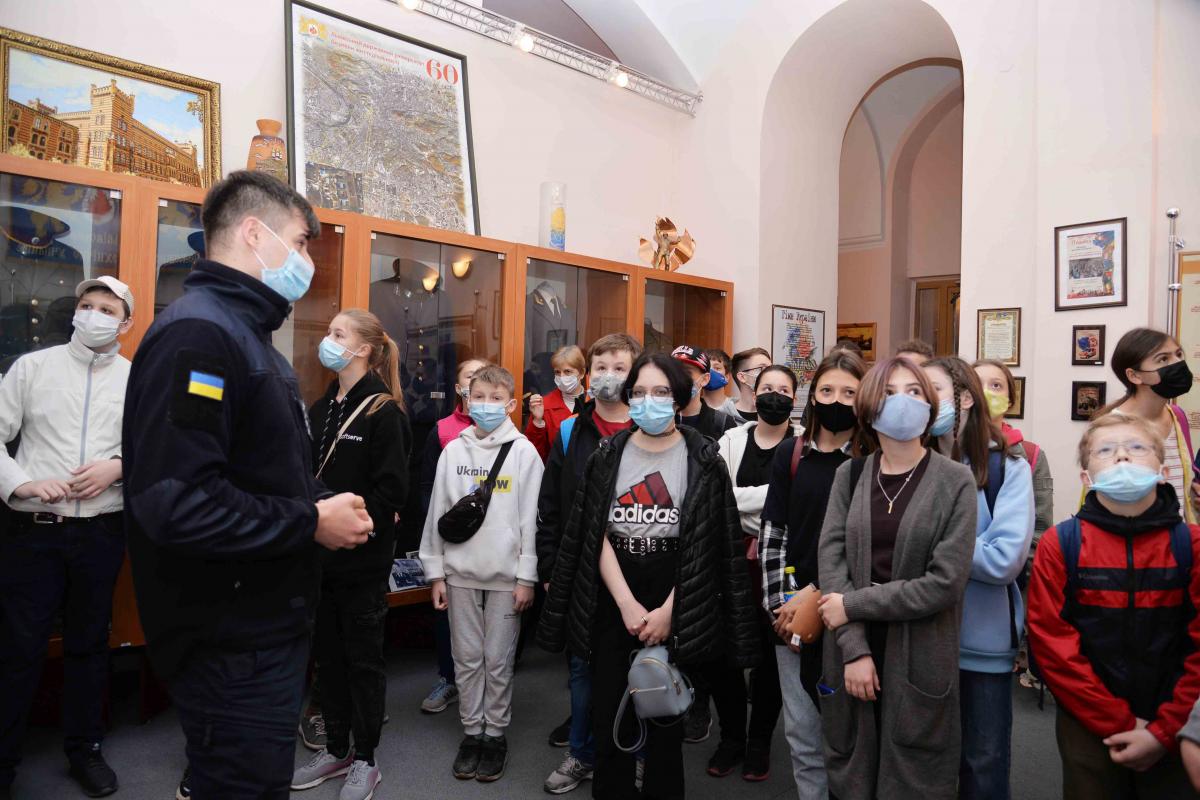
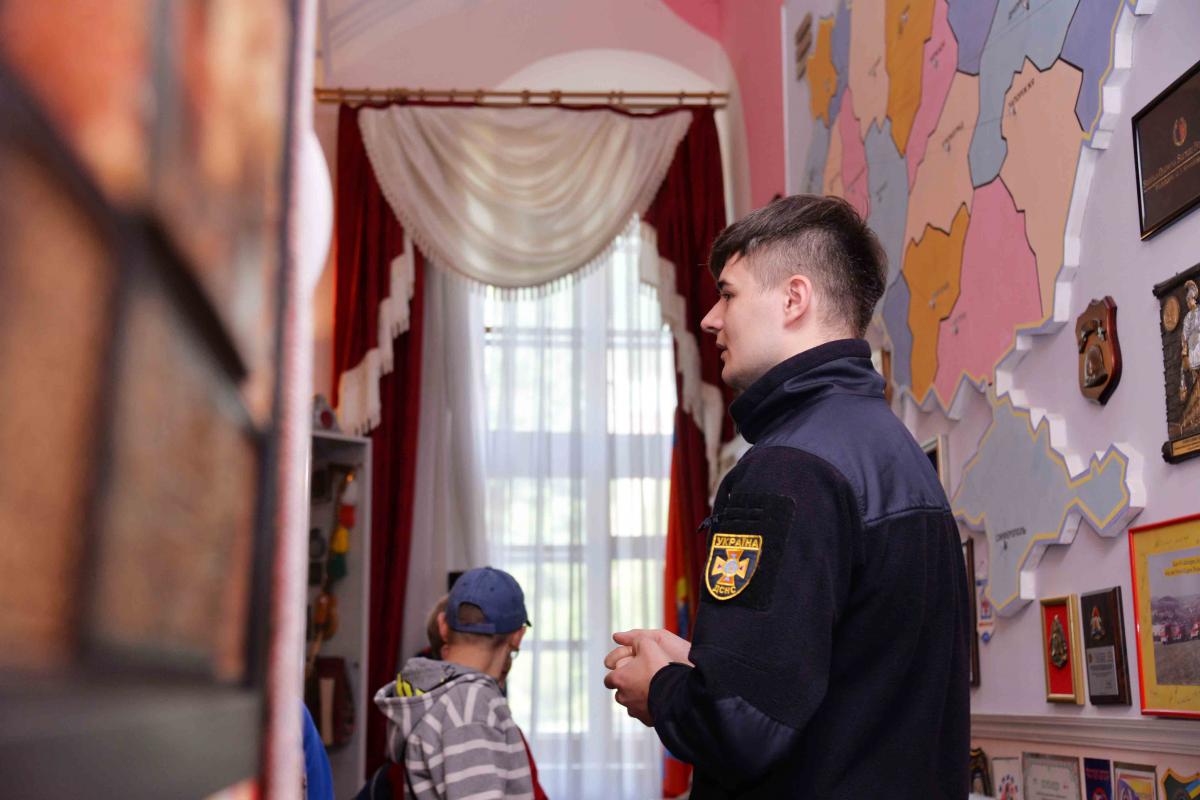
The educational activity is based on current legislation, orders and instructions of SES of Ukraine. At the core, concepts of cadets and students personality formation are based on patriotism and humanity.
University took part in the performance of mane public tasks. From 19 June till 9 August 1980 as a part of a separate battalion, 459 people provided fire safety facilities during the XXII Olympic Games in Moscow and Tallinn (where the regatta was held). For exemplary performance, the School was awarded the Diploma by the Presidium of the Supreme Soviet and the Diploma by the Olympic Games Organizing Committee. On February 21, 1989, the personnel of the School took part in the assignment of public order in Mountainous Karabakh. Specific objectives were also put on our educational institutions during Pope's John Paul II visit to Lviv on June 25-27, 2001.
Culture-into-masses work first is performed by our wind-band, which often participates in different national and international activities. Honored Worker of Culture Yaroslav Slyva together with Vasyl Kreshchyshyn composed "Fireman March", which became the anthem of our institution. Our artist Tkachenko S. A. also played a significant role in the culture-into-masses work. His works are repeatedly exhibited in various galleries. Our team of amateur talent activities has participated in different competitions and has won many awards.
Our institution has significant sport achievements. All of them are displayed in the Museum. Since its relocation to Lviv our teams have participated in many competitions (weight-lifting, shooting, swimming, officer triathlon, sambo, martial arts, fire-fighting applied sport and others).
A special corner is dedicated to international collaboration. Currently, LSULS cooperates with 14 countries, and provides training our cadets abroad. The first step of international cooperation was done by Mykhailo Kozyar whose initiative allowed our cadets training in France and Poland.
The last room is dedicated to Chernobyl Heroes and graduates that are our pride. Those people made heroic deeds and were awarded with state decorations. Professional training of highly qualified specialists remains the main prerogative of our institution.
Throughout its existence, our institution has trained more than 30 thousand professionals. Our graduates adequately multiply the glorious traditions of their native alma mater. Today, many of them take leading positions in departments and units of SES of Ukraine and ex-USSR countries.
The museum became a center of educational work for cadets and students, it uplifts humanity and the spirit of patriotism.


